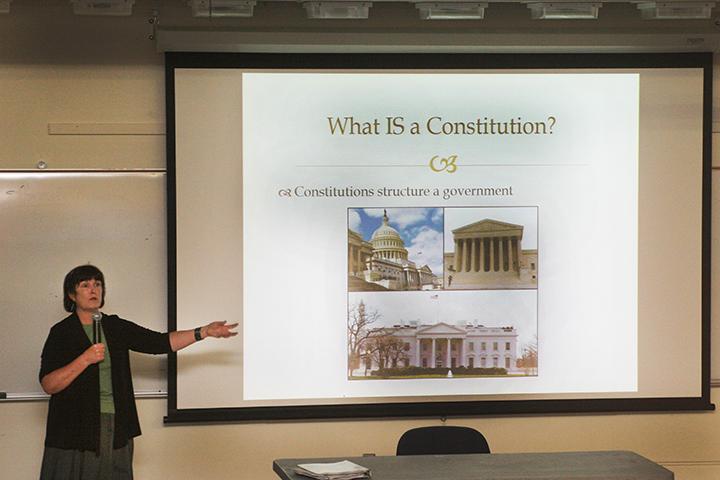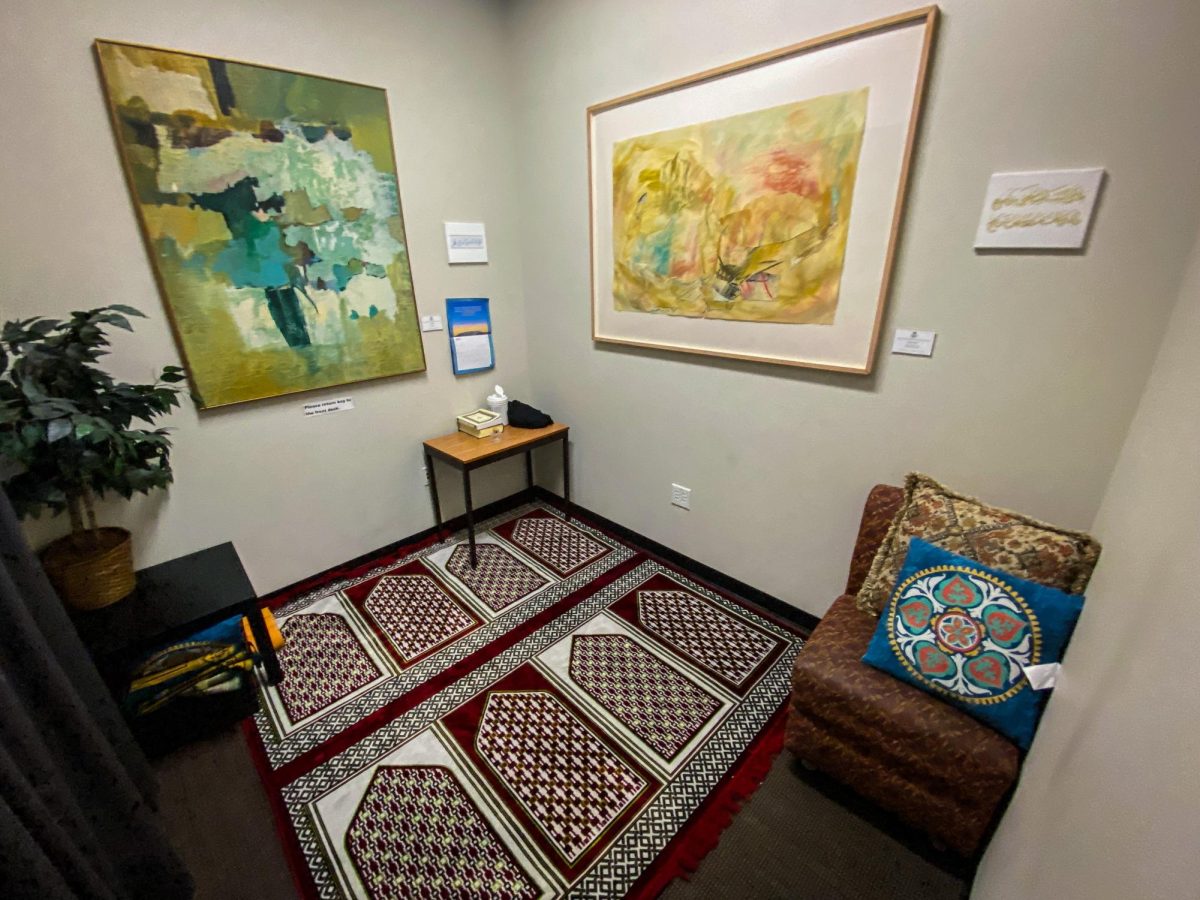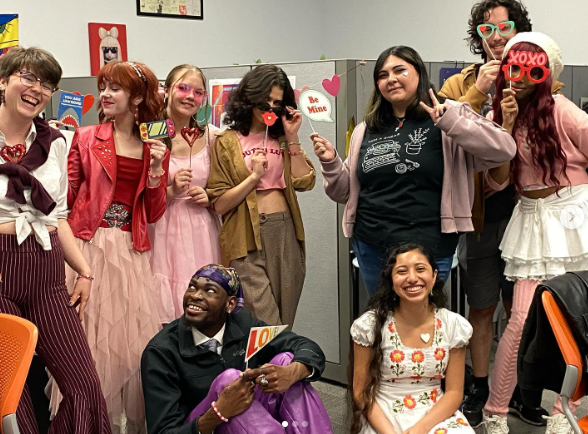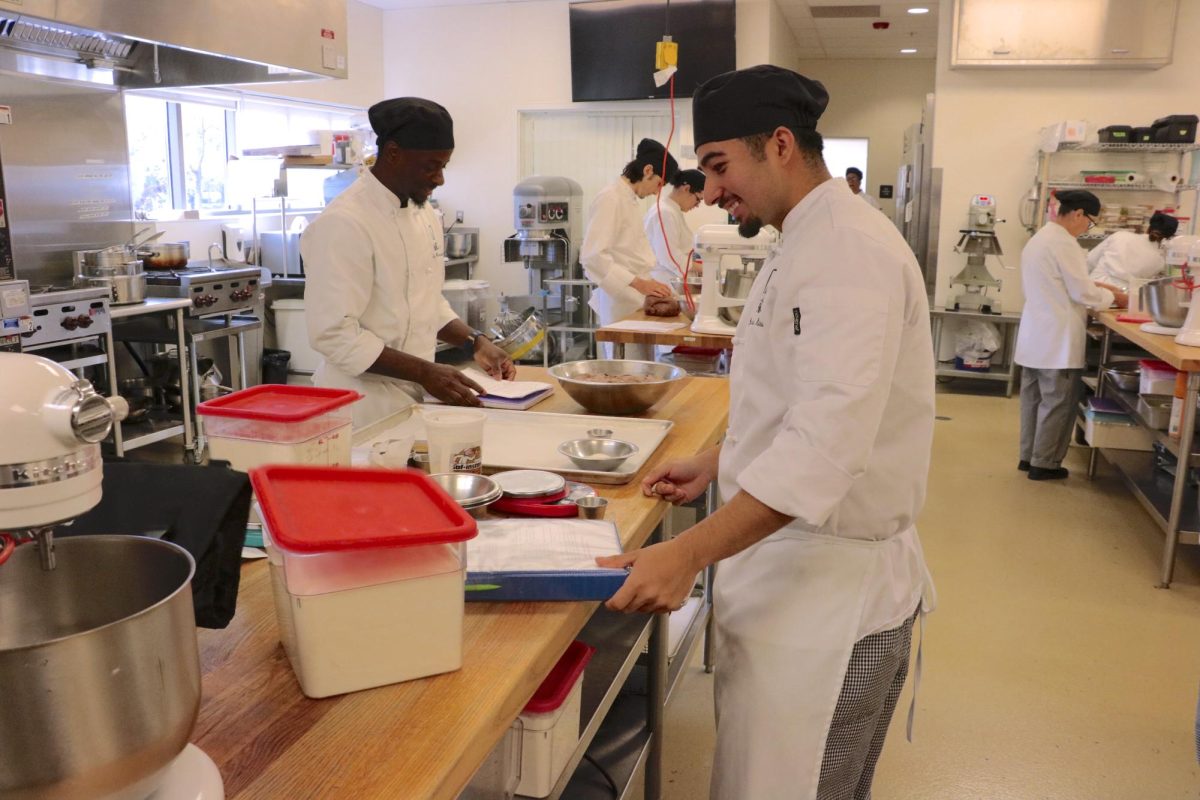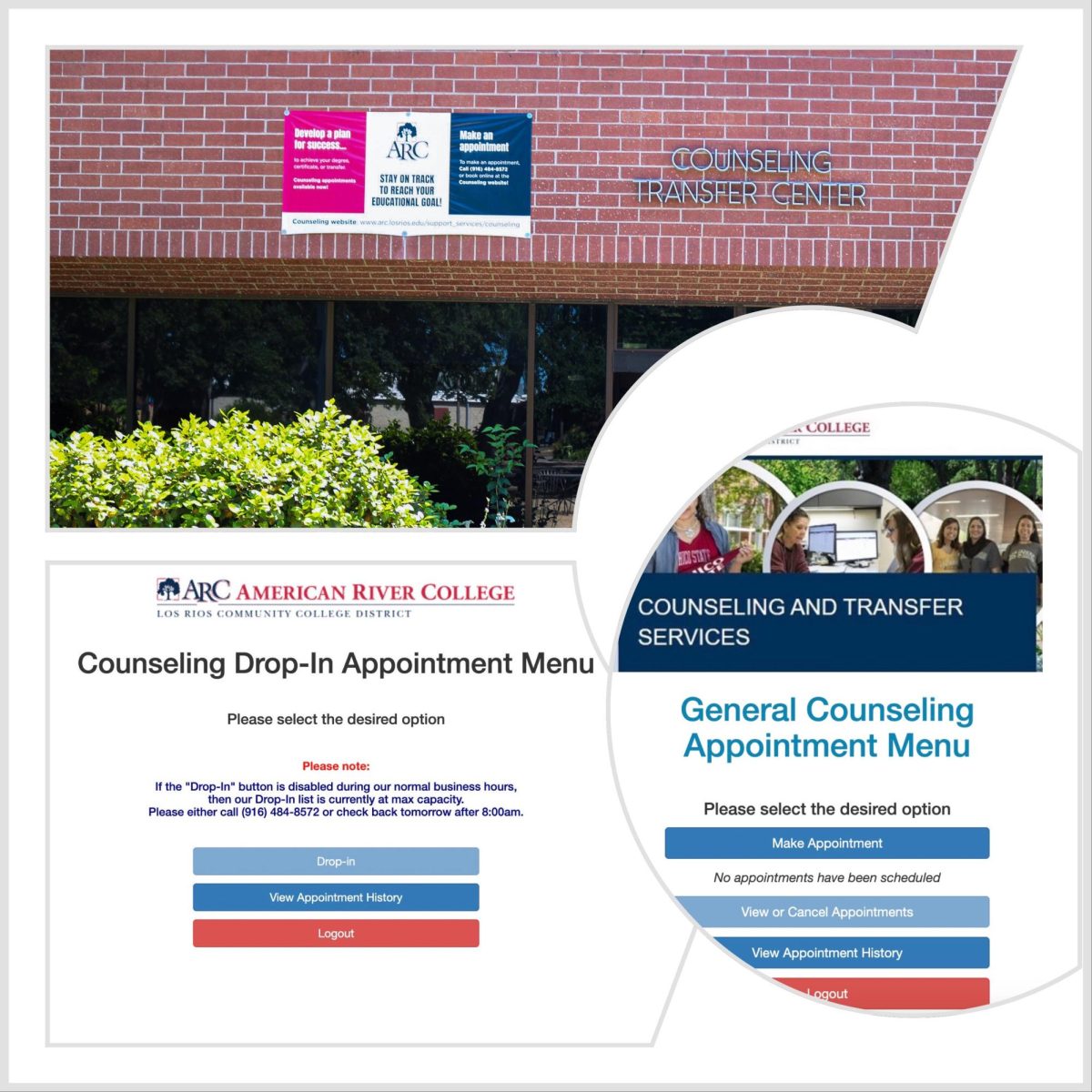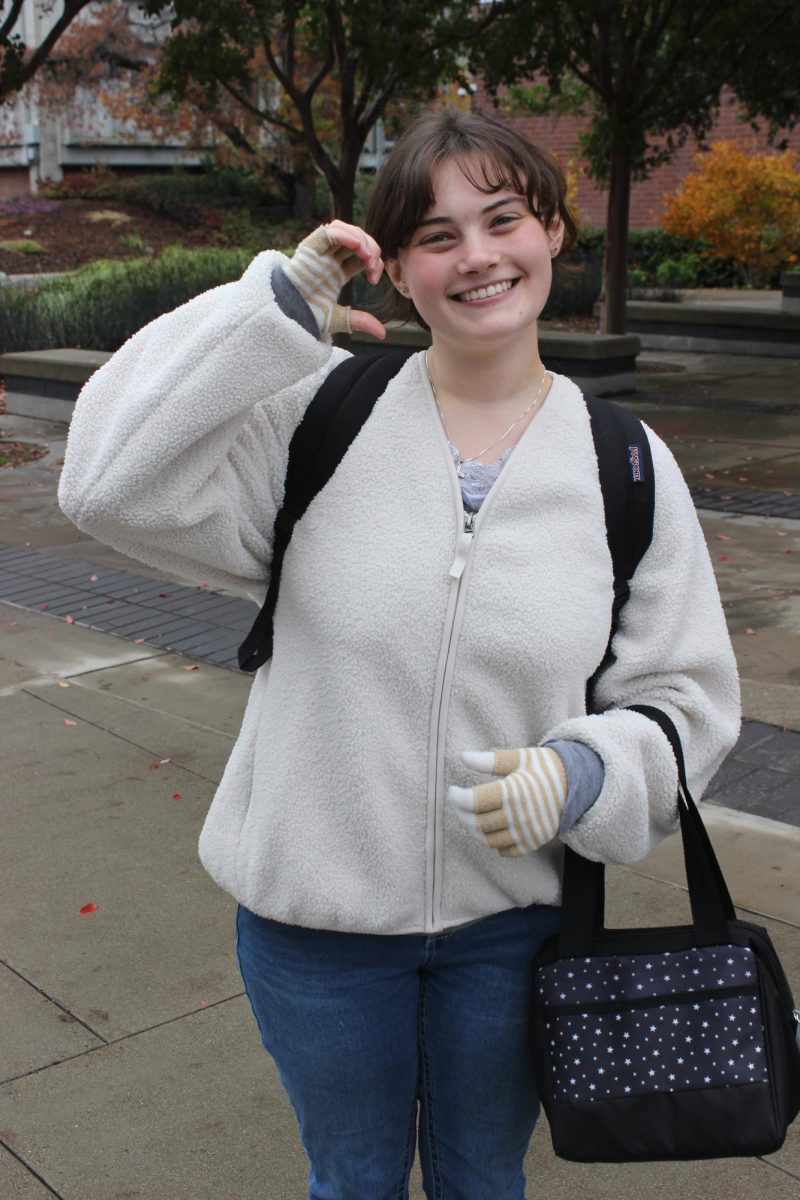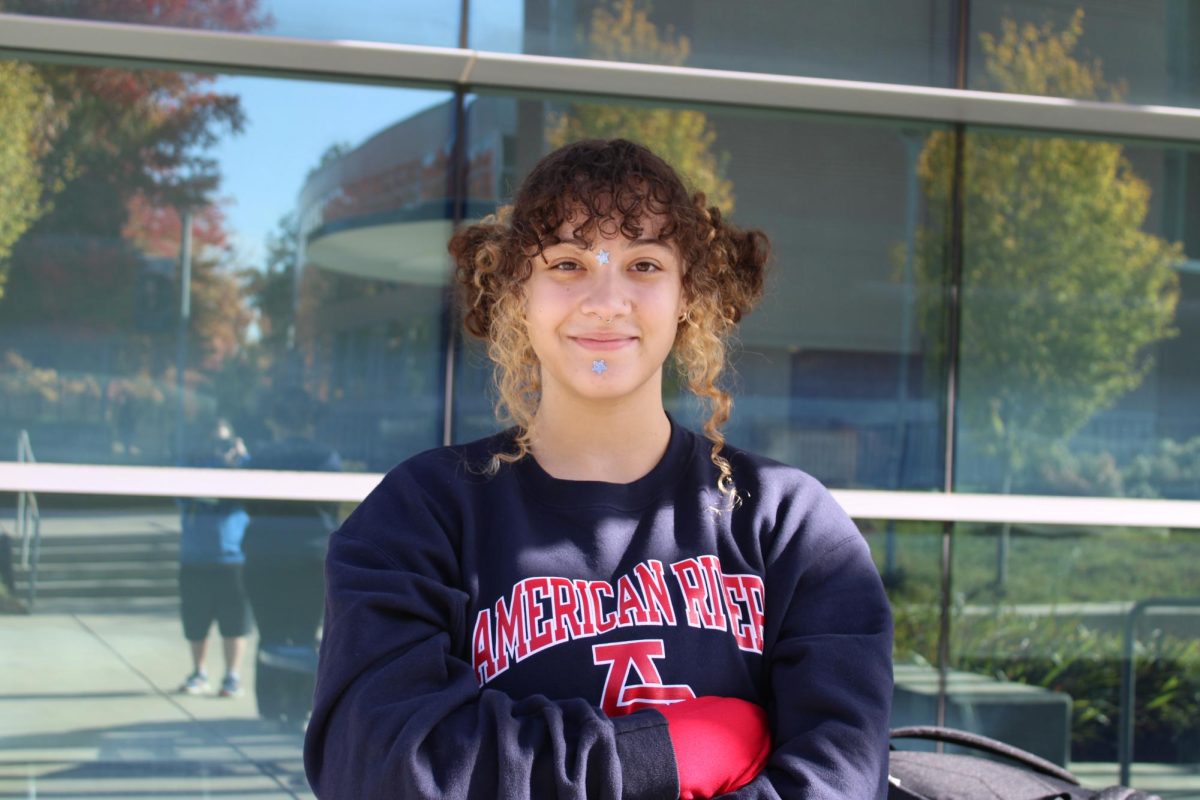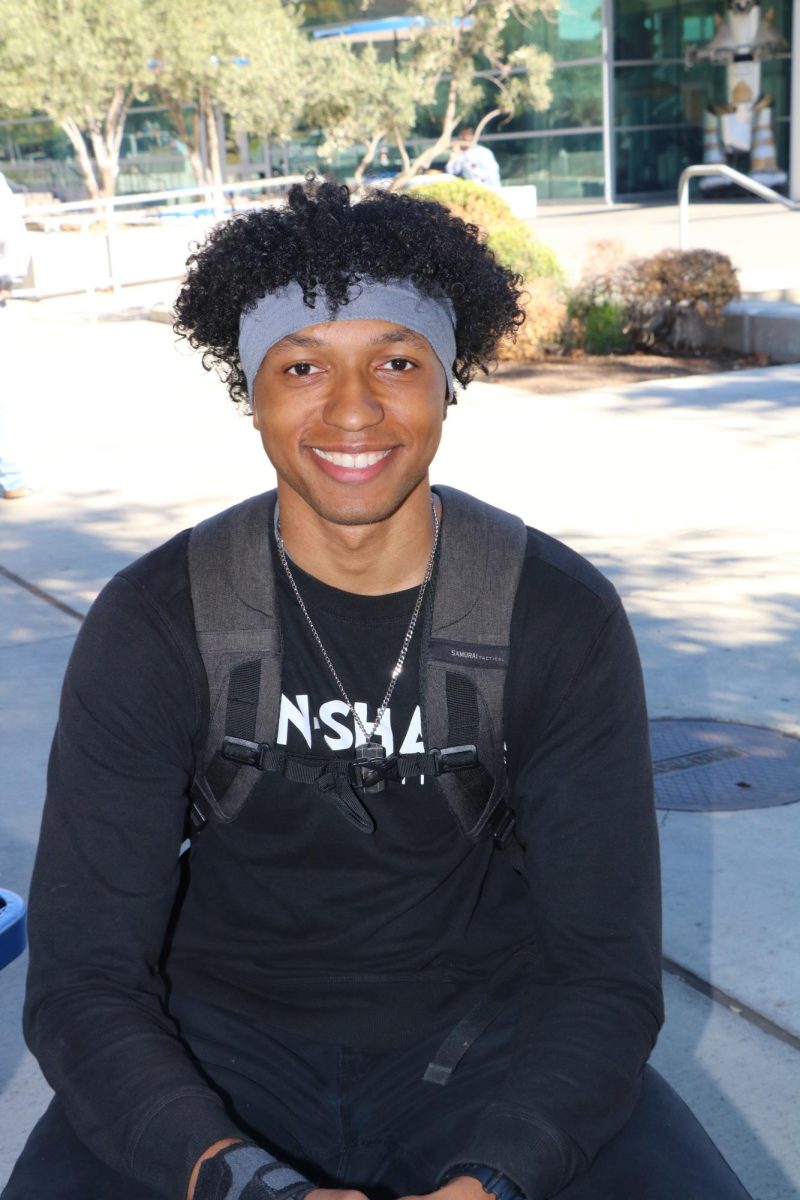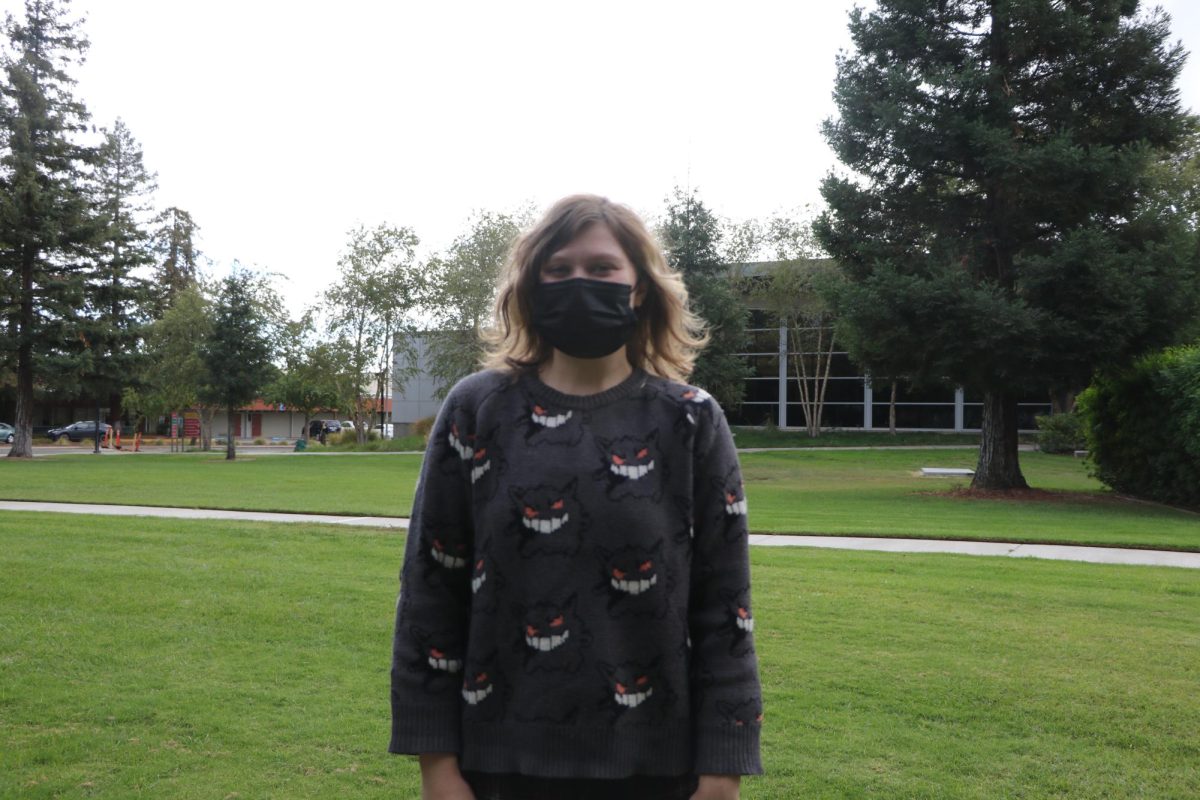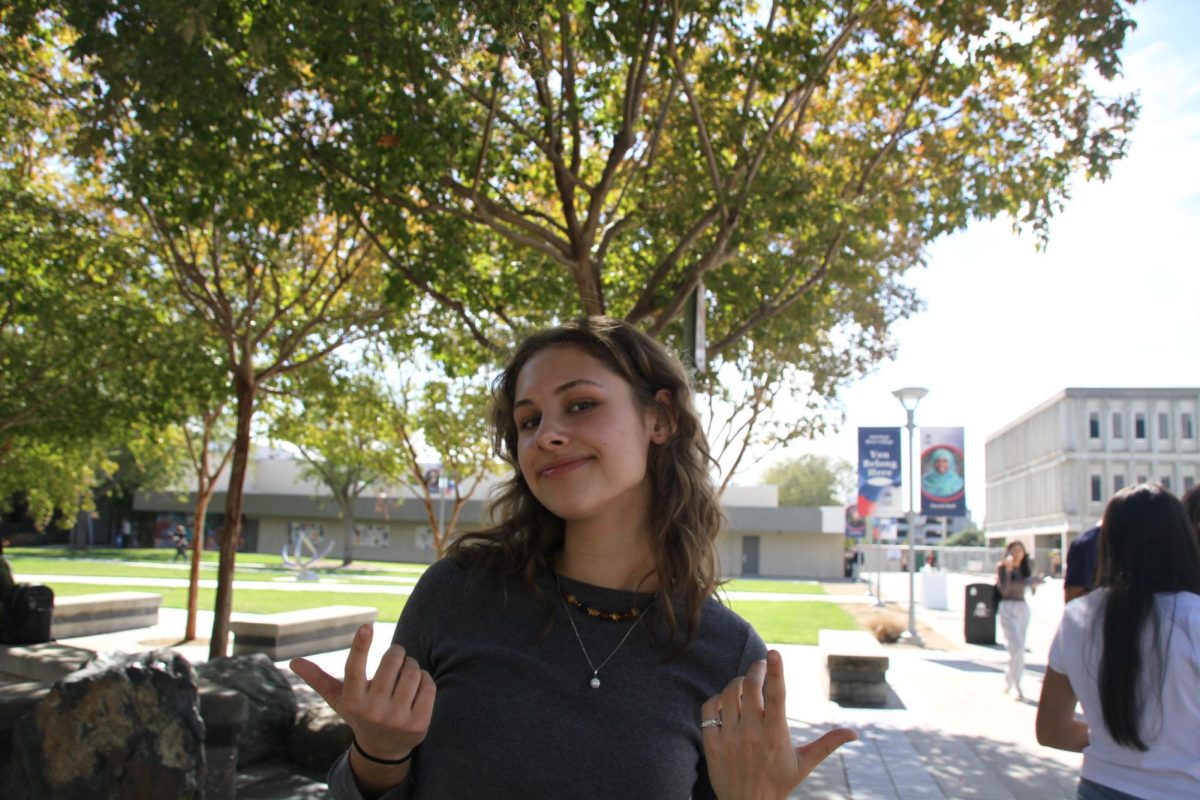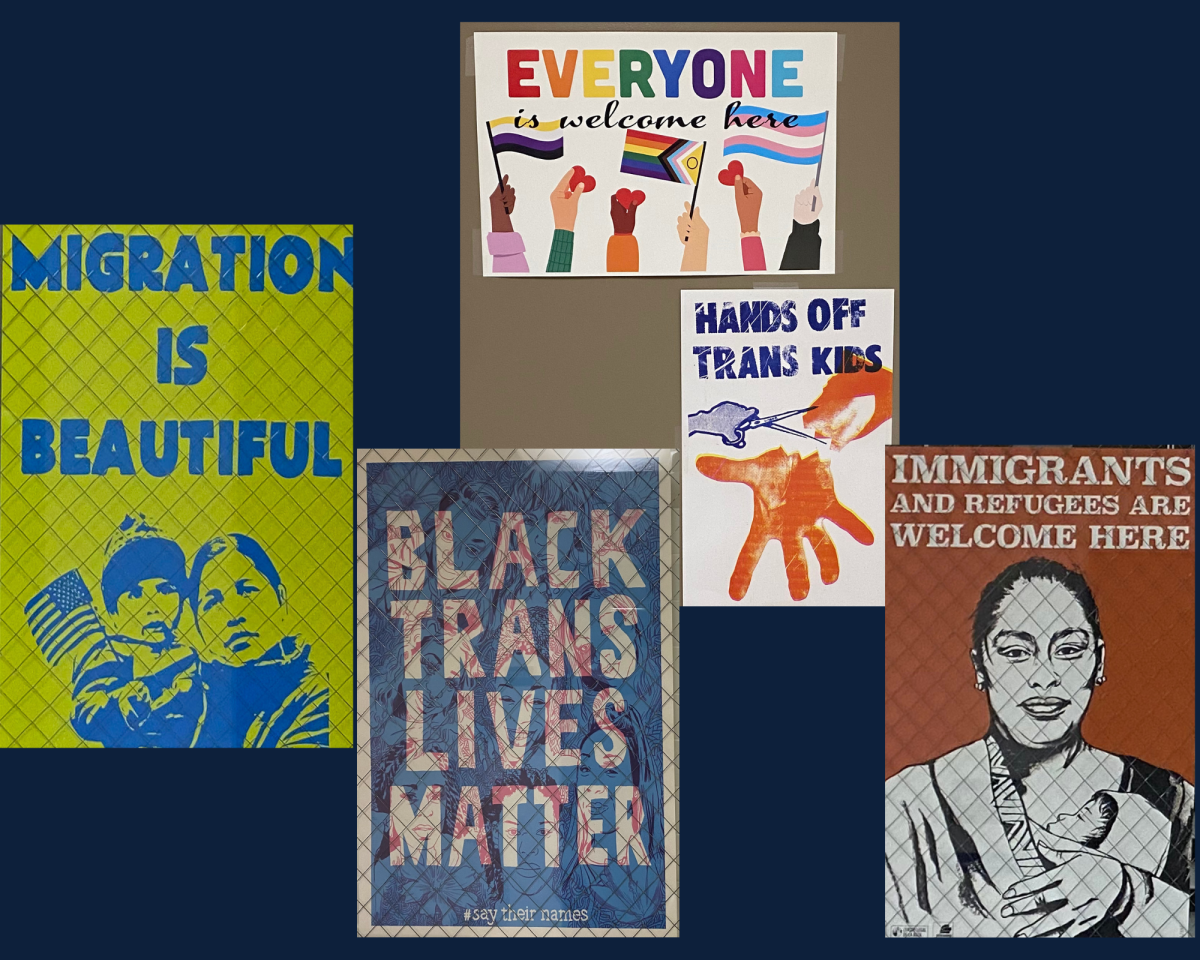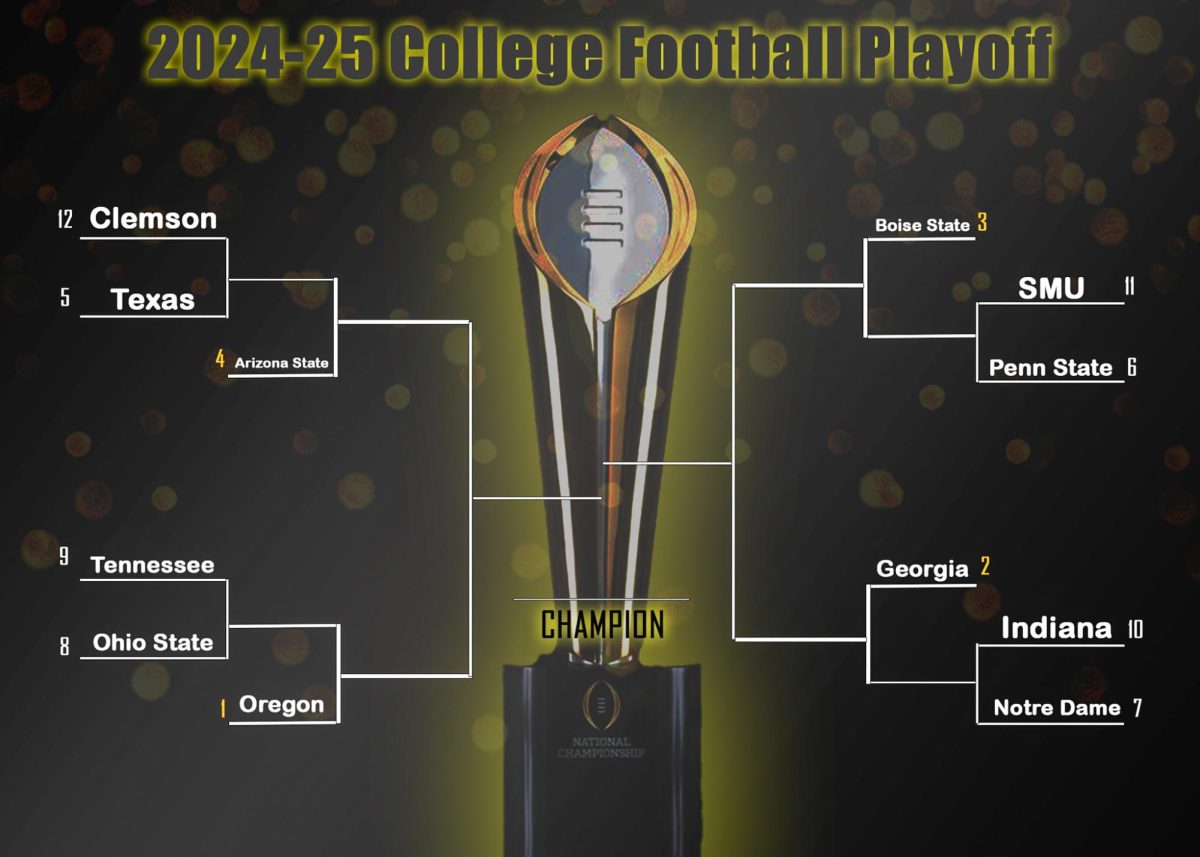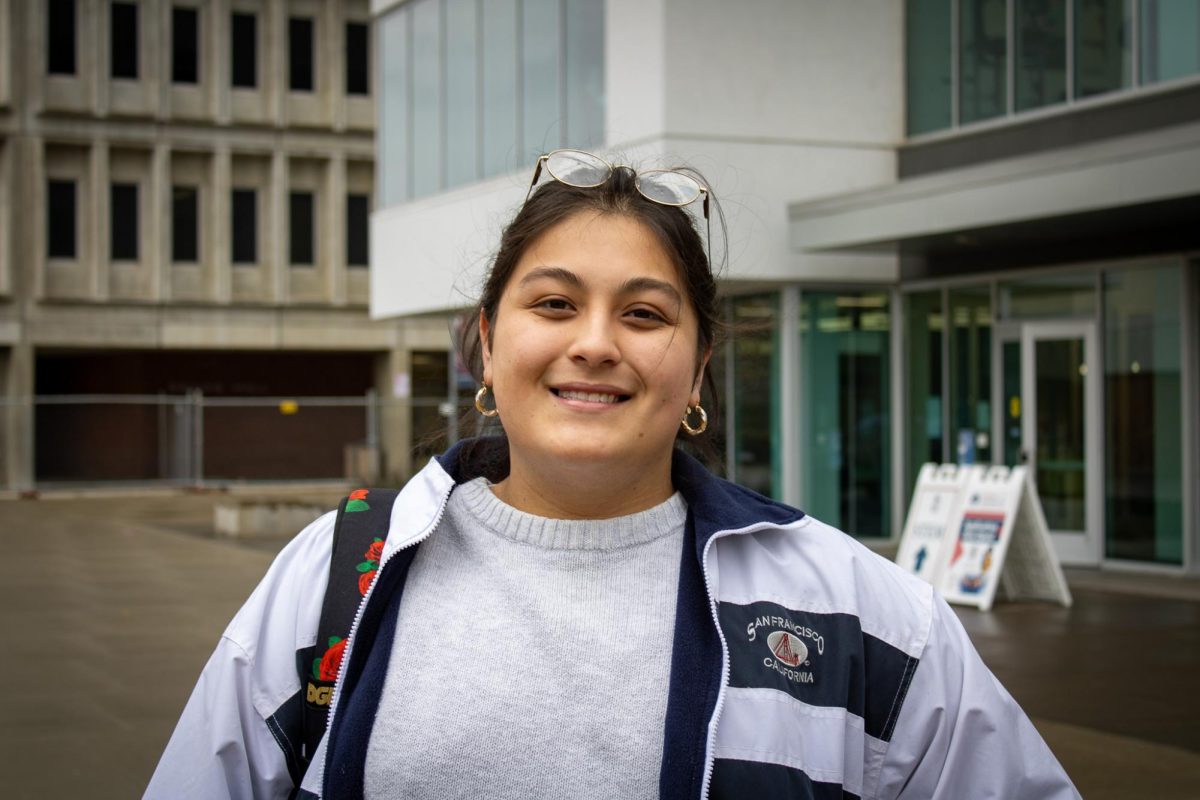An earlier version of this story falsely reported that there were nine founding states of the United States. In fact, 12 of the 13 states sent delegates to the Constitutional Convention in 1787.
If you’ve seen one Constitution have you seen them all?
American River College political science professors Tressa Tabares and Cynthia Unmack hosted a college hour Thursday in Raef Hall to teach students about the differences and similarities of the U.S. and California Constitution as well as about Constitutions around the world.
“Constitution Day” is observed on Sept. 17 of each year to commemorate the official signing of the U.S. Constitution on Sept. 17, 1787.
“I think it will be interesting to see where Constitutions are the same and different,” ARC student Agnessa Kryukoa said prior to the event.
Including the national Constitution, the U.S. has 51 constitutions in total, each representing a state in our union.
“Many people know about our nation’s main Constitution but not many know about the other constitutions in our nation and around the world,” said Tabares.
State constitutions provide the overall message of protecting citizen rights and placing limits on the government, but are tailored specifically to each state.
Details on the main issues in each state discuss various topics including term limits for office, full and part time legislature, elected judges and direct democracy.
In comparing California’s Constitution to the U.S. Constitution, California’s constitution includes very detailed policies that reflect the opinions of Californians.
As voters in California, we can amend the Constitution each year to fit the specific needs within the state. California’s Constitution includes 35 articles while the U.S. Constitution only contains seven.
While creating a Constitution, constitutional makers keep in mind the same questions: “where we come from?, where we would like to be?, and how we are going to get there?” made by “we the people”.
“Constitution building is more of an enterprise today than it was back in 1787, back then it was more like an experiment,” said Unmack.
In 1787, the Constitution makers had to be kept secretive when meeting and the group only consisted of “ wealthy, white men” who had to be approved by the 12 founding states who sent delegates to the convention.
Today, a “constitution-making” body, a organized group that votes on any amendments citizens would like to make on any state Constitution before it gets voted on to be adopted.
There are also differences and similarities between the constitutions in other countries and the U.S. Citizens abroad have very different everyday lives than Americans, but still talk about the same issues.
The U.S. constitution is ratified by states within our nation whereas other countries have specific groups who do the ratification to make laws because some other countries do not have the same voting rights as the U.S.
Where the U.S constitution and other nations constitution’s relate is in the main issues within the country. Placing a form democracy, citizen rights, ways to enforce the law and how to handle judiciary issues are among the issues where we share the same opinion.
“It’s important for everyone to know about the Constitution to some extent,” ARC student Vlad Avdeyuk.


